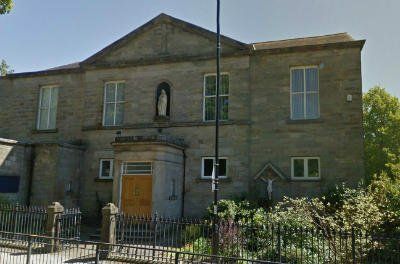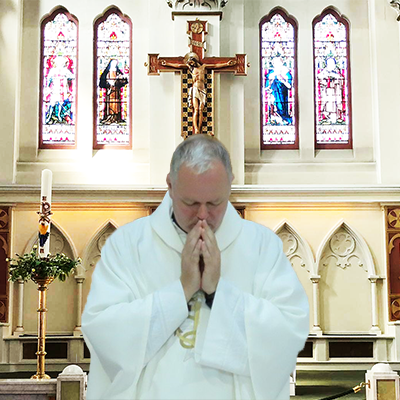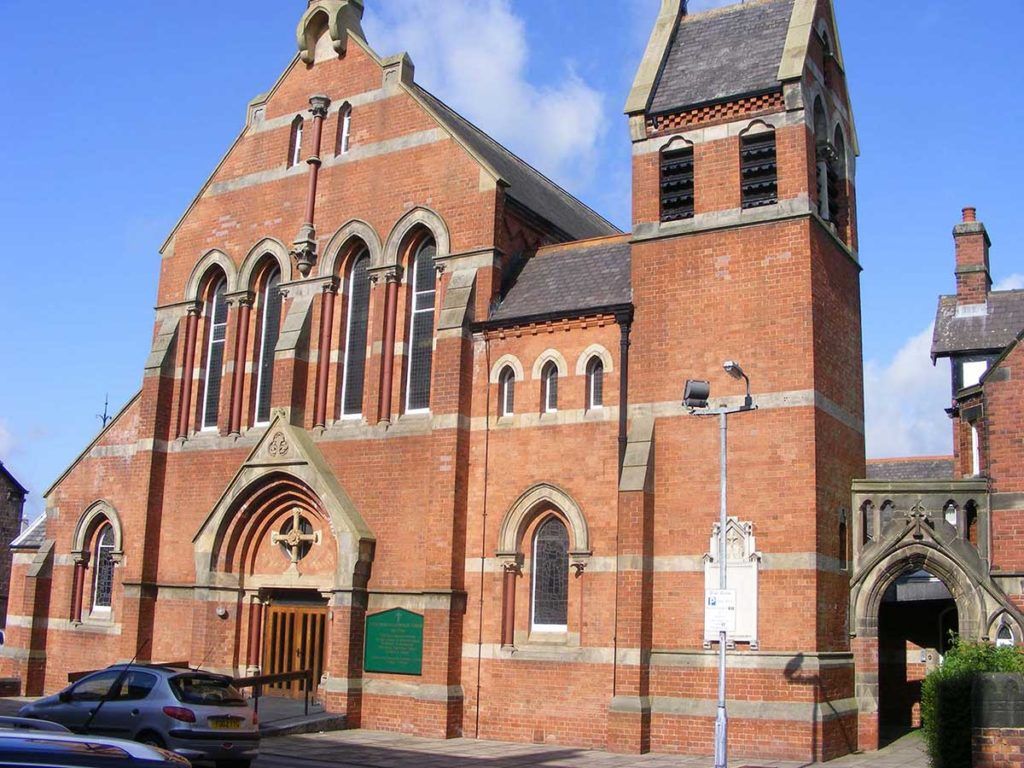ABOUT US
We are very proud of our heritage here at Our Lady Immaculate and St Robert's church. The parish has been serving the Catholic community in the area for over 150 years. The church dates from 1873 when the future Cardinal, Archbishop Manning was present at the opening Mass.
The parish priest is Fr. Simon Bradbury. The parish administrator is Mrs Caroline Walker.
The parish of Our Lady Immaculate and St Robert aims to serve the local Catholic community by carrying out the mission of the Church with love and understanding.
Striving to understand the pressures of modern life, we are constantly seeking to better meet the needs of the people we serve. Particularly conscious of the needs of neurodivergent people, especially children, we would urge you to speak to us if we can better understand your own faith needs or those of your family and we will do what we can to facilitate the pastoral and spiritual care of all who show a willingness to be diligent in the practise of their faith. We do this in close collaboration with our local primary school, St Robert’s.
We are also particularly conscious of the sensitivities during a time of loss and are happy to discuss how we can give the best spiritual and pastoral care in a time of bereavement. More information can be gained by clicking on the link at the top of the page entitled ‘Guidance for Planning Funerals’.
The earliest reference to Catholicism in Harrogate in the penal times is to the Trapps-Byrnand family of Nidd who had property in Harrogate in the late sixteenth century. Sir Francis Trapps-Byrnand and his family were presented as recusants in 1604. In 1618 his daughter Margaret was born at their house in Harrogate. Others, including the Squires and the Youngs, were presented at the end of the seventeenth century.
In 1766 the Archbishop of York reported to the House of Lords that there were thirty-six Catholics resident in the villages of High and Low Harrogate. From the end of the seventeenth century these few Catholics were served by the Benedictine priests based on the Mission at Plumpton Hall, then, after the death of the last Plumpton in 1749, at Follifoot and finally in 1797 in Knaresborough itself.
By 1800 Harrogate was still hardly more than a number of rural villages, but due in part to the construction of the turn-pike roads, the number of visitors to the Spa increased each year. Accommodation for these visitors led to an increase in building and a consequent increase in the number of permanent inhabitants.

St Mary’s, Knaresborough
With grateful thanks to Mr Paul Parker for all his work on the history of the parish of Our Lady and St Robert’s and the development of the Catholic faith in this area.
In 1838 Dom. W. Jerome Hampson, O.S.B., a member of the Ampleforth community, was appointed to take care of the mission of St Mary’s at Knaresborough, and almost immediately approached Bishop Briggs, then Vicar Apostolic of the Northern District, with a view to building a chapel in Harrogate.
On 20th August 1842 he wrote to the Bishop again putting forward a case for a chapel, served from Knaresborough, to accommodate the increasing numbers of visitors coming to Harrogate in the summer months. He informed the Bishop that at a meeting held the previous day £120 had been subscribed towards the project. It was suggested some land in Low Harrogate opposite the Brunswick Hotel would be a suitable site and that Fr. Hampson hoped that “Lord Shrewsbury might be induced to take an interest in the undertaking and perhaps apply to the Government for a lease of the field for 99 years at a low rent of three or four pounds a year”.
Golden Jubilee
An Apostolic Blessing from Pope Pius XI on the Occasion of the Church’s Golden Jubilee in 1923







